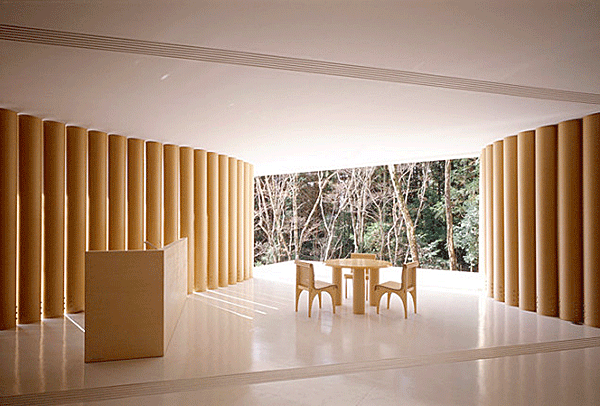
The Pritzker Prize allows internationally nominated architects, who are considered the best from many nations around the world, to be recognized for outstanding contributions to their field on an international stage.
During the past two decades, Ban has traveled to war zones and crisis areas from Rwanda to Kobe to build cardboard shelters that can be put up in a matter of hours and taken down and recycled just as quickly. He is said to be the most exciting winner in recent memory—and it all has to do with his creativity as well as what others in his profession consider his audacity and bold decision to build with paper products.

The 56-year-old architect is far from a star yet. Rather, he seems like a fairly normal guy, apart from his unique idea about architecture. Michael Kimmelman called his work "anti-architecture," with Ban as an admirable anti-hero. "Young architects seem more and more interested in what I'm doing," Ban told Kimmelman. "Everyone used to want to be star architects. That's no longer the case."
The promise of paper building technology may be the answer to future natural disasters and civilian displacement as a result of storms, flooding, or homes damaged by wild-fires. The pulp and paper industry could be a likely backer and investor in Shigeru Ban’s technology due to what it could offer to the global market. An instantaneously erectable shelter that can be easily dismantled and recycled is likely to become a valuable commodity in a future dominated by the unpredictable effects of climate change.
The Paper House shown in the photo was Ban's first building made primarily from paper (1995). The home required special permission, since paper isn't a recognized building material. Ten paper tubes support the vertical load and the eighty interior tubes bear the lateral forces.
TAPPI
http://www.tappi.org/